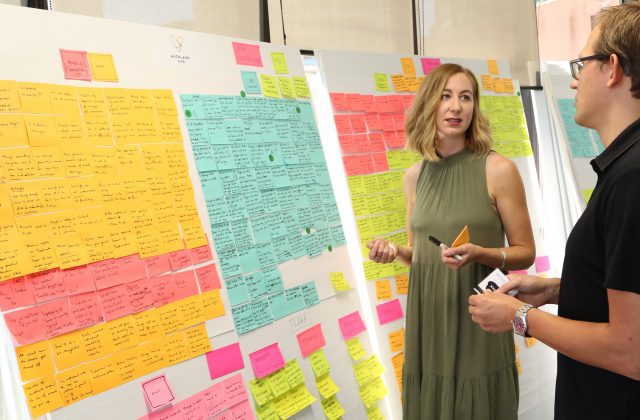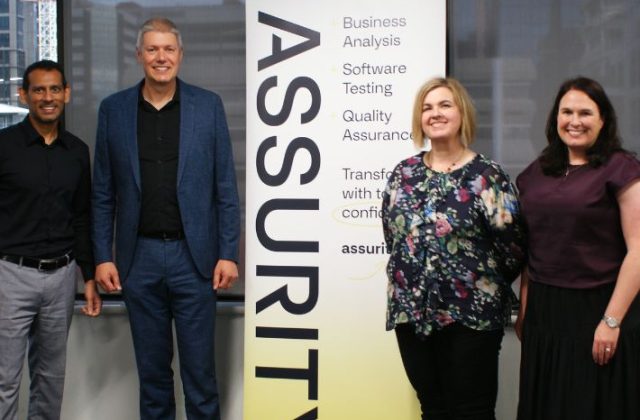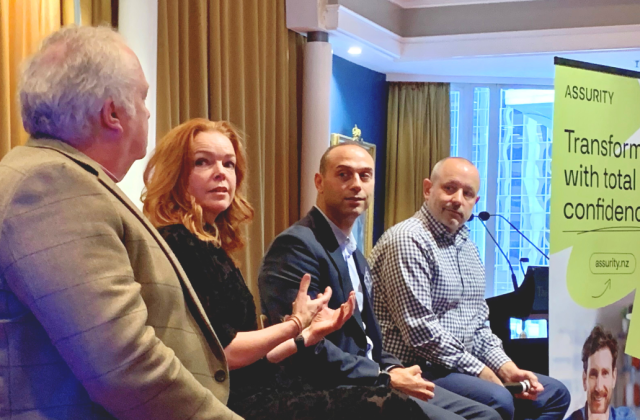Date: 26 July 2016
Meetings without clear purpose and outcomes are a waste of a precious organisational resource – employee time. We all agree that meetings are an essential part of organisational life and, properly planned and executed, can be an effective communication mechanism.
How do you ensure that your meetings are meaningful and valuable (and as an aside, your invitations are welcomed by your stakeholders)? You can start adding a bit of POWER to your meetings…
The POWER Start is a great technique that can be used to plan your meetings and focus your attention on the purpose and outcomes you want to achieve.
The POWER Start is a facilitation technique developed by the Agile Coaching Institute to put an end to bad meetings. Statistics published on the CBS website inform us that a business professional can waste up to 31 hours a month (that’s almost four days!) on meetings that are unproductive, have no direction and generate very little in the way of value. The Agile Coaching Institute recognised that, while there are many reasons a meeting can go bad, one of the main reasons is the fact that the meeting was not planned well to start with.
POWER is an acronym for the following:
- Purpose (why is the meeting necessary?)
- Outcomes (what do we want to achieve, where’s the value in the meeting?)
- What’s in it for them (why should stakeholders attend the meeting?)
- Engagement (how are you going to ensure that participants are engaged?)
- Roles and responsibilities (who does what?)
Before you schedule your next meeting, give consideration to each aspect considered in the POWER acronym.
Start with Purpose – can you clearly articulate the purpose of the meeting? If not, does it even need to be scheduled?
Move on to Outcomes – what do you want to achieve out of the meeting? What are the meeting deliverables? What value needs to be delivered from the meeting?
Stakeholders need to be motivated to attend your meeting – what benefits (and value) will your participants reap from attending? Why should they care? Involve your stakeholders in your meeting planning to help identify what’s important for them and what they want to get out of the meeting. In short, “What’s in it for them?”
Give some thought to how you are going to Engage stakeholders before the meeting, during, and afterwards. Is there particular information that you want your stakeholders to bring along in order to achieve the outcomes? Do you need to have a discussion with stakeholders beforehand to ensure that they come prepared? Is it sufficient to send an Outlook meeting invitation with an agenda? In addition, what are your strategies to ensure that participants remain interested and motivated? Are there specific techniques that you might want to use to ensure that all participants are able to contribute?
Last but not least, think about the Roles of all participants – who will facilitate the meeting? Is a scribe necessary? Who will contribute information? There may be follow-up actions and tasks from the meeting – who will complete these? Who will schedule any follow-up meetings that may be necessary? These all form part of the meeting roles – before, during and after the meeting.
Sure, giving some thought to POWER might take a little effort – but weigh this against adding your meeting to the wasted hours a month spent by business professionals on useless meetings! Indeed, planning meetings upfront and understanding what needs to be achieved and how to accomplish outcomes may see you reducing the number of meetings you need to schedule.
Something to think about before you plug your next meeting into your Outlook and click ‘Send’.












